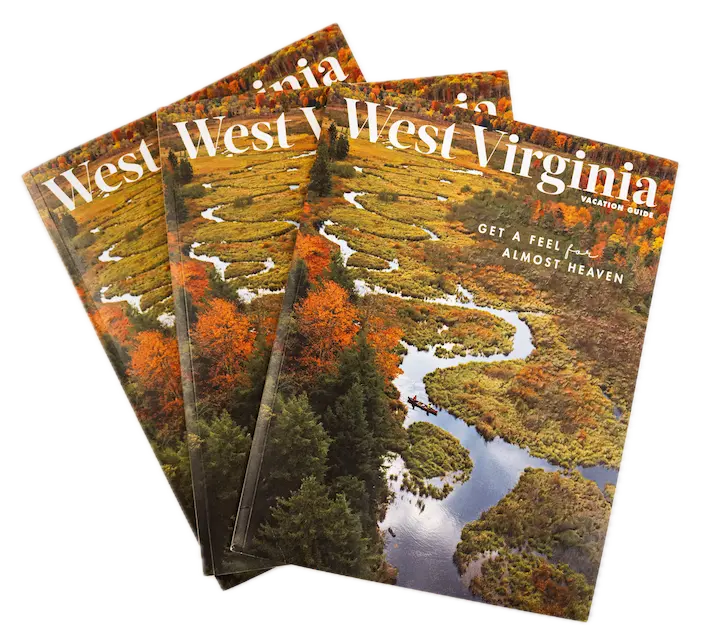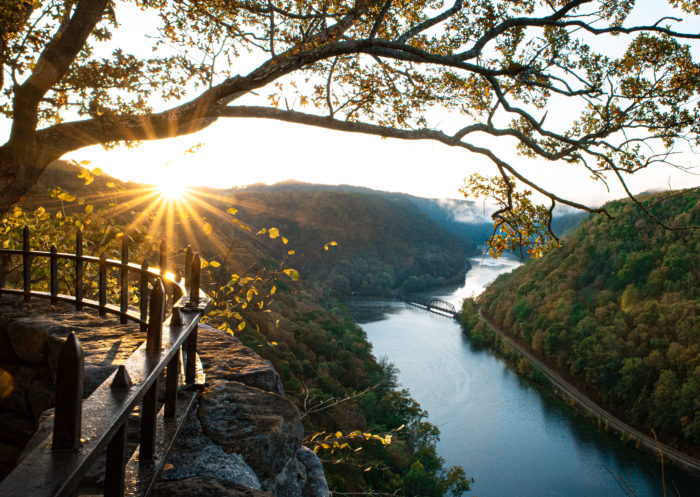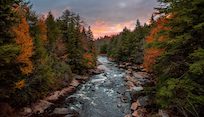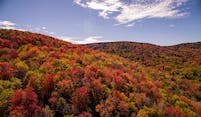Wild foods of WV: the tastiest foraging along the trail
West Virginia is one of the best places in the nation to find wild and delectable foods.
Our warm growing seasons and extensive forests contribute to Appalachia being a forager’s paradise, and many of us have secret hills and hollows that we’ve known about for years, where we can find that hidden stash of ramps, berries, or mushrooms.
If you do not have the time to wander through the woods looking for berries, or lack the knowledge to identify mushrooms, never fear! Plenty of excellent West Virginia restaurants offer regional wild foods seasonally, often paired with locally sourced meat or produce.
1. Mushrooms
If you think about it, mushrooms are some of the strangest things that humans eat– they’re neither plant nor animal, and many of them are deadly. But when they’re good, they’re great. Especially during rainy summers, West Virginia’s mushrooms thrive, and you can find wild puffballs, chanterelles, oyster mushrooms, chicken mushrooms, and maybe even the rarest of the rare, the tasty morel. The chicken mushroom, also called “hen of the woods,” is one of the more unique fungi out there– its consistency and taste is very similar to chicken, and it can even be battered and deep fried to create a vegetarian chicken nugget.
Wild mushrooms are not as seasonably predictable as other perennial plants– in dry years they may not be available at all. However, when mushrooms are in, good local restaurants will try to locally source them for special recipes. For example, check out Secret Sandwich Society’s occasional chanterelle soups or grilled mushroom burgers in Fayetteville.
2. Ramps
The pepperoni roll may be West Virginia’s de facto state food, but without a doubt the wild plant most associated with the state is the ramp. Every spring, restaurants and even festivals pull out this pungent root– also called the wild leek– for a variety of recipes. If you are not a fan of the pungent flavors of garlic, onions, scallions and leeks, then ramps may not be for you. Some people think they’re stronger than any of their domesticated relatives.
But if you want the ultimate ramp experience, head to the Feast of the Ramson in Richwood, the “ramp capital of the world,” for a traditional West Virginia meal of sautéed ramps, beans, cornbread and ham. Just don’t forget that breath mint when you’re done.
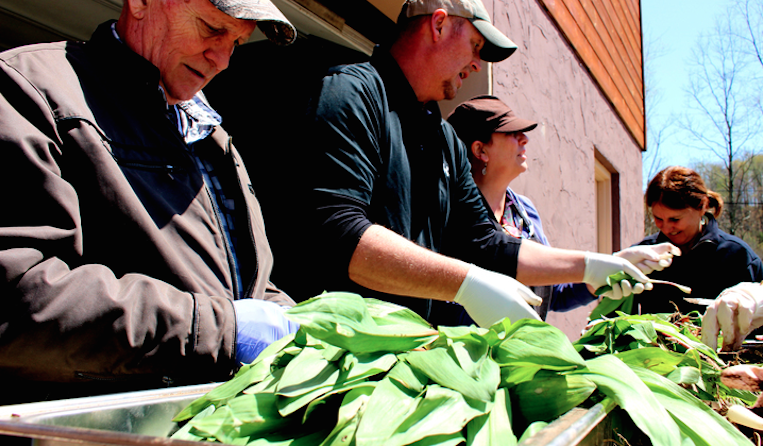
3. Eat Your Leafy Greens
The bogs and creek bottoms of West Virginia can house many tasty and edible leafy greens, though you’ll probably want to take care in washing them thoroughly. Two of the most versatile and prevalent greens in West Virginia are watercress and dandelions, both so common that they’re often simply called “weeds!”
The aquatic watercress is pungent and ethereal– because of its high water content it does not keep well after harvest. If you can get it, however, it is excellent as a fresh green salad topping. Dandelion greens can be best enjoyed cooked Southern barbeque-style, or even fermented into wine. Check out Kirkwood Winery’s special dandelion wine if you are not the do-it-yourself type. And for the full dandelion experience, you can always attend White Sulphur Springs’ annual Memorial Day weekend Dandelion Festival, which features tastings of different dandelion wines.
4. Berries
In mid to late summer, the trails through West Virginia’s forests seem to burst forth with sweet, juicy berries. Blueberries, blackberries, raspberries, elderberries– the variety is astounding. One of my personal favorite activities in July and August is to ride my bike down and back up the sides of the New River Gorge, stopping to pick wineberries (a smaller, less seedy raspberry relative) along the steep road when I get too tired to keep peddling. And I’m not the only one with this idea– dozens of others will slowly drive their cars along the road here to pick and eat their fill as well, often even causing traffic jams.
Locals know where good, unknown stashes of berries are, where they pick enough for jams, jellies and pies. But they are not about to give up these secrets. The good news is that West Virginia also has many pick-your-own farms where you can collect blackberries, blueberries, and raspberries to your heart’s content. Check out Blueberry Hill in the southern part of the state, Orr’s Farm Market in the eastern panhandle, or Shady Oaks Blueberry Farm just outside Charleston.
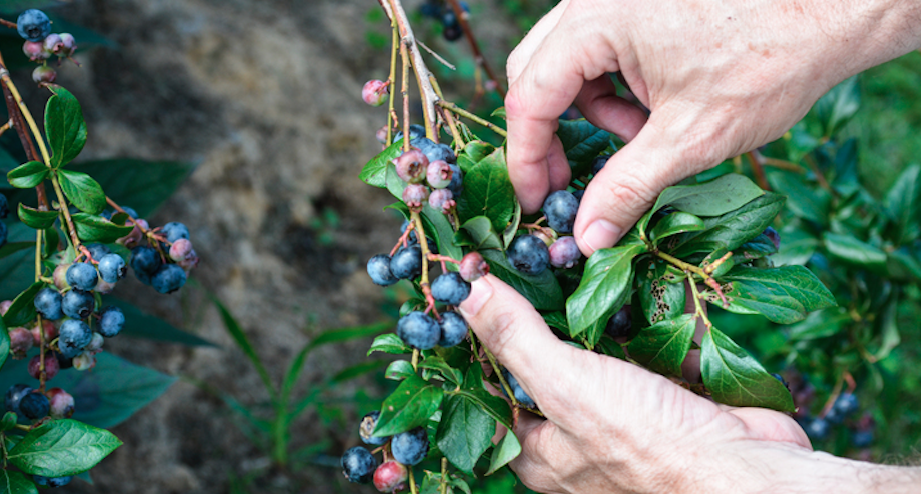
What other WV forest flavors do you love?
Discover more mountain flavor >
This post was last updated on January 7, 2025
